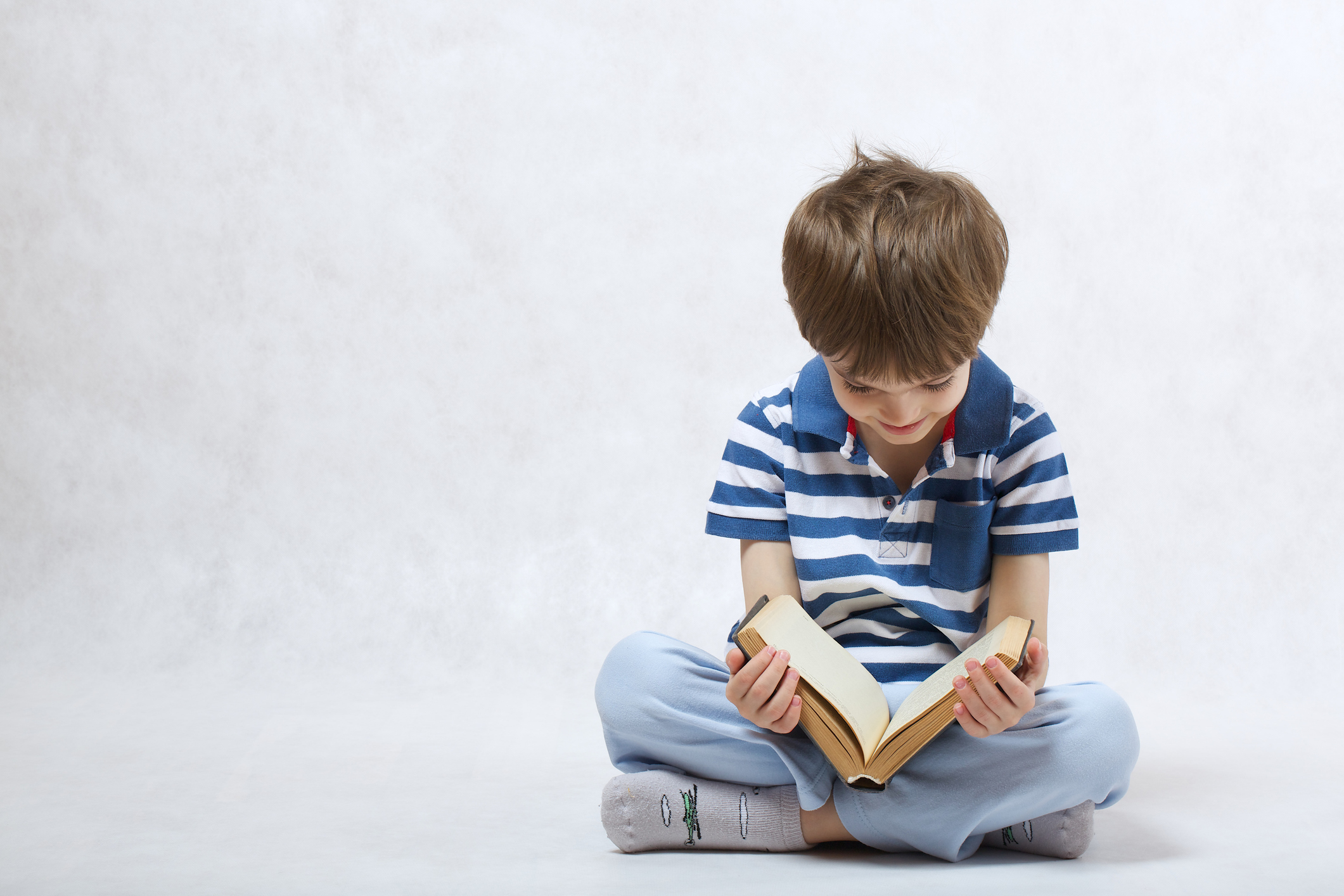
CHILDREN who read and write in their free time have significantly better mental wellbeing that those who do not, a report has found.
Figures from the National Literacy Trust (NLT) show that eight to 18-year-olds who are engaged with reading and writing are three times more likely to have higher levels of mental wellbeing than their peers who do not – 39.4% compared to 11.8%.
The survey of 49,047 UK schoolchildren also found that as youngsters transition from primary to secondary school, their levels of engagement with literacy both decline.
A report published by the charity also found that 40.3% of children with above expected reading skills had high levels of mental wellbeing compared to 13.1% who had below expected reading skills.
NLT director Jonathan Douglas said: “Children and young people today face a multitude of pressures at school, at home and in their social lives.
“It is imperative that we do everything we can to enable our children to develop the resilience they need to cope with life’s challenges – and our latest research shows that the joys of reading and writing can be hugely beneficial.
“Not only does a love of reading and writing enable children to flourish at school, but we now also know it can play a vital role in supporting children to lead happy and healthy lives.”
It was also found that one in five (21.6%) children and young people are unhappy with their life, a quarter of children (26.5%) don’t know how to cope with stress, and 10% do not like being the way they are.
Catherine Roche, chief executive of children’s mental health charity Place2Be, said: “Escaping in a good story is not only a great way to cope when you’re feeling stressed or worried, but can also be a fantastic opportunity for children to explore difficult feelings, understand them, and feel less alone.
“Whether you relate to Harry Potter or the Hulk, if we want to help children to build their resilience and cope with life’s inevitable challenges, spending time with your child and encouraging a love of reading and writing is a good place to start.”
The NLT has developed a Mental Wellbeing Index, which is a composite measure of children’s life satisfaction, coping skills and self-belief.
The score ranges from 1-10, with 10 being the highest level of mental wellbeing.
A low mental wellbeing equates to a index score in the range of 1-6 and high mental wellbeing is a score in the range of 8.6-10.

Enjoy the convenience of having The Sunday Post delivered as a digital ePaper straight to your smartphone, tablet or computer.
Subscribe for only £5.49 a month and enjoy all the benefits of the printed paper as a digital replica.
Subscribe